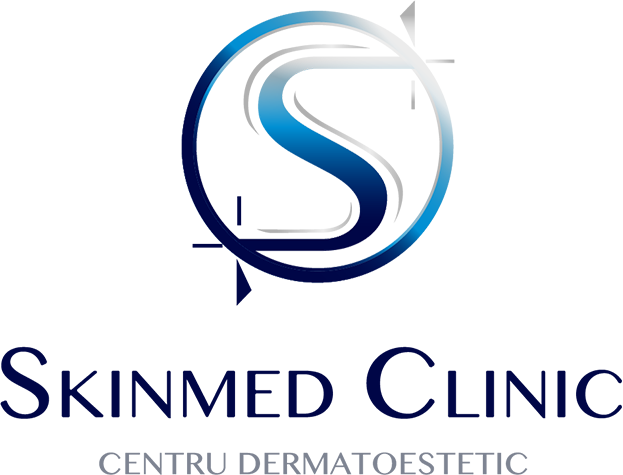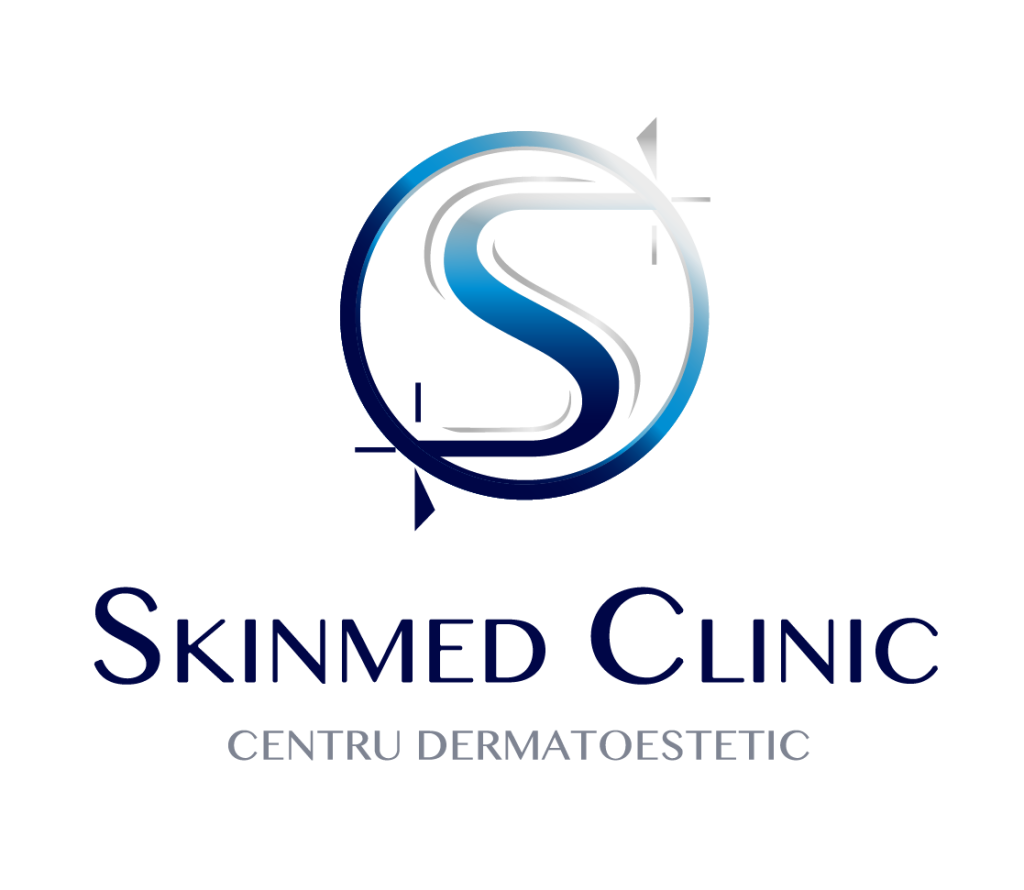Discover the healing power of light with advanced photobiomodulation technology!
Photobiomodulation
stimulates biological processes in cells
What is laser Photobiomodulation?
Photobiomodulation (PBM), also known as low-level laser therapy (LLLT), is an innovative method that uses red and infrared light to stimulate biological processes in cells, particularly in mitochondria. This non-invasive and safe process promotes healing, reduces inflammation and improves cell function.
NPCL emissions (Nano-Pulse Cold Laser):
- Coherent infrared light at 905 nanometers.
Inconsistent emissions:
- Powered by tricolor CSM RGB CSM diodes (400 to 650 nm).
Non-coherent continuous infrared emissions:
- Monochromatic diodes at 905 nanometers.
- Constant circular magnetic field:
- Equivalent to the Earth's magnetic field (200 millitesla).
MILTA offers an effective and painless therapy, working at an unparalleled depth, inaccessible to conventional LEDs, thanks to the photon's informational propagation up to 13 cm into the soft tissues. This breakthrough is highly efficient, painless, athermal, non-invasive and without side-effects, and has been the subject of much scientific work since the 1970s. To facilitate the practitioner's work, MILTA has developed preset programs that allow them to choose the desired therapeutic action.
Benefits of photobiomodulation treatment
How does it work?
The current and widely accepted proposal is that low-level visible red to near-infrared (NIR) visible light energy is absorbed by mitochondria and converted to ATP for cellular utilization. In addition, the process creates light oxidants (ROS), which leads to gene transcription and then cell repair and healing. The process also unlocks the chain that has been blocked by nitric oxide (NO). Nitric oxide is then released back into the system. Nitric oxide is a molecule that our body produces to help our 50 trillion cells communicate with each other. This communication happens by sending signals throughout the body. In addition, nitric oxide helps dilate blood vessels and improve blood circulation.
Photobiology is the study of the effects of non-ionizing radiation on biological systems. The biological effect varies depending on the wavelength region of the radiation. Radiation is absorbed by molecules in the skin, such as DNA, proteins or certain drugs.
What conditions does it treat?
SKINMED experience and technology®,
for the best results!
Frequently asked questions
Who is this therapy for?
Photobiomodulation is suitable for a wide range of patients suffering from chronic pain, inflammation, skin lesions, neurological disorders and other health problems that benefit from cell regeneration and inflammation reduction.
What risks are involved?
PBM is generally considered safe with minimal side effects. It is important to use the appropriate wavelengths and doses to avoid potential risks such as thermal tissue damage.
Is the therapy painful?
The duration of a photobiomodulation session varies depending on the condition being treated and the specific protocol, but in general, a session can last between 15 and 30 minutes.
How many sessions are needed for optimal results?
The number of sessions required varies depending on the severity of the condition and the individual patient's response to treatment. A typical protocol may include several sessions per week over a period of several weeks.





